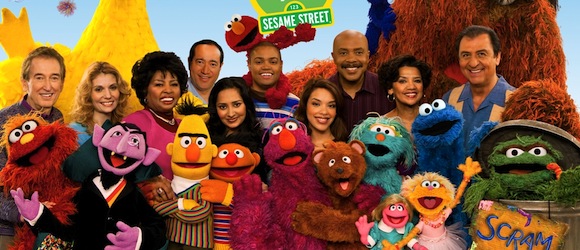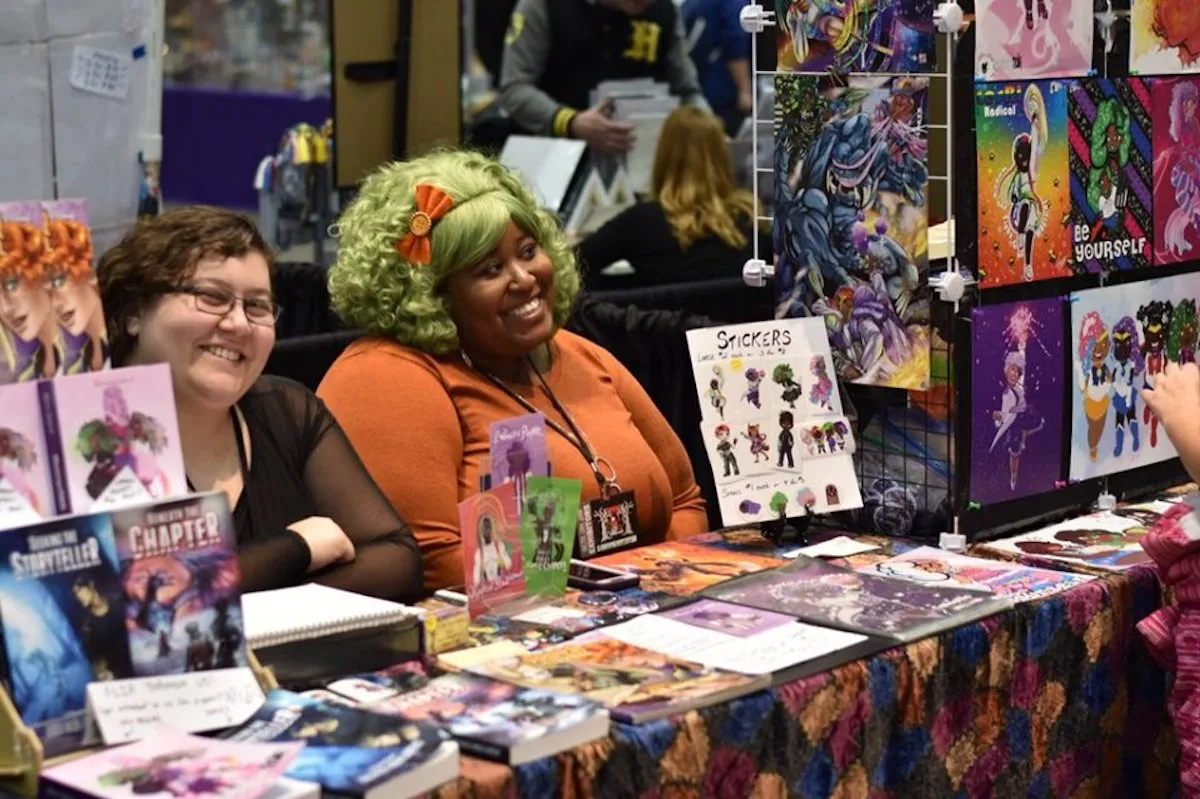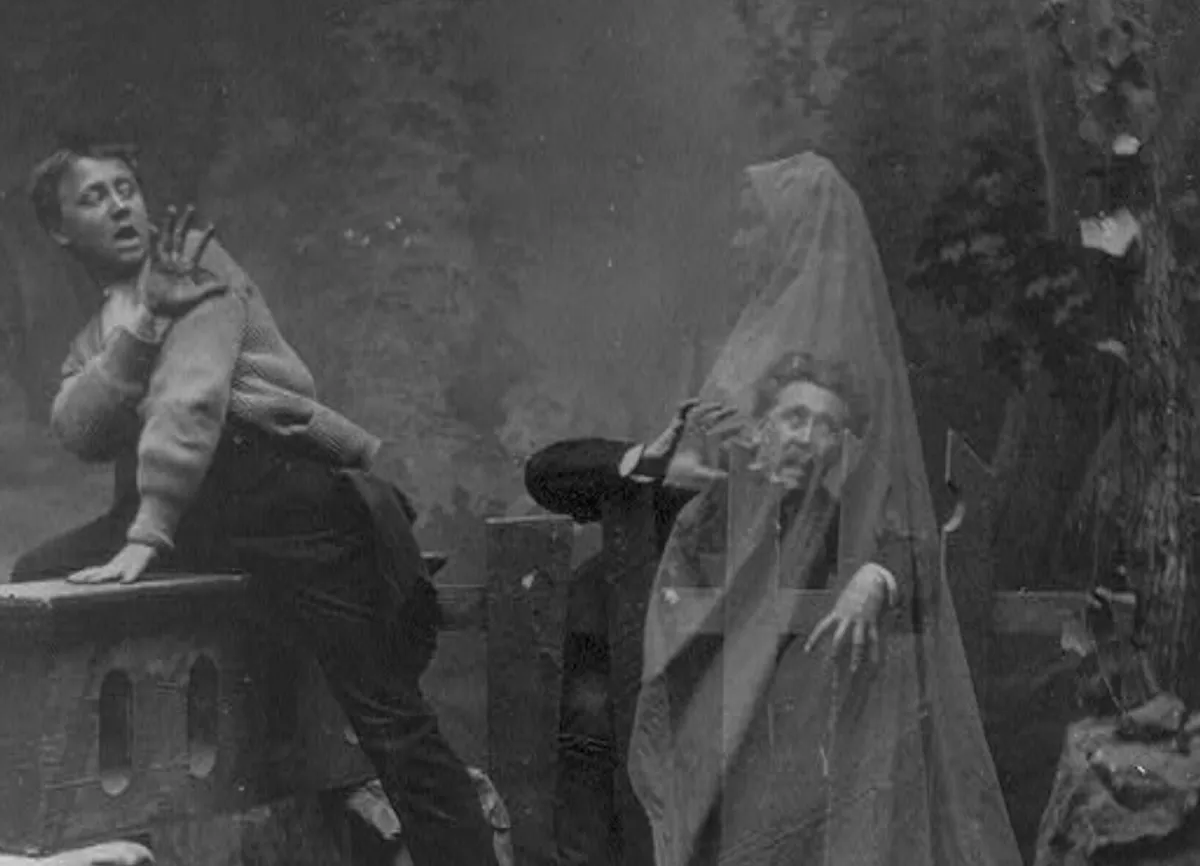Sesame Street has taught countless children to count but did you know it’s now teaching adults how our brains work? Researchers have been using the long-running children’s show to map brain development for the last three years.
Jessica Cantlon, a cognitive neuroscientist at the University of Rochester in New York, spoke to LiveScience.com about the project. “When children fail to learn mathematics well, there could be a number of different reasons for that — it could be that they have weak concepts of numbers, that they have poor memory, that they have limited attention because different patterns of brain activity likely accompany each of those different cognitive impairments,” she said.
Cantlon and her colleague Rosa Li decided to see what the human brain looks like while watching educational television programs and Sesame Street was the one they chose. LiveScience writes:
For the investigation, 27 children between the ages of 4 and 11 joined 20 adults in watching the same 20-minute “Sesame Street” recording as they had their brains scanned with functional magnetic resonance imaging (fMRI). The video featured a variety of short clips with Big Bird, the Count, Elmo and other stars of the show, and focused on numbers, words, shapes and other subjects. The children then took standardized IQ tests for math and verbal ability.
They then compared “neural maps” of the brains of the children and adults. The information told them the brain’s neural structure develops much like the rest of our bodies as we grow up, it also showed where developing abilities are located. LiveScience writes, “For math, adultlike neural patterns in the intraparietal sulcus, a region of the brain involved with the processing of numbers, were linked to higher scores. For verbal tasks, more mature patterns in Broca’s area, which is linked to speech and language, predicted better verbal test scores in children.”
“These results do not mean that there is anything special about ‘Sesame Street’ in particular,” said Cantlon. “We chose ‘Sesame Street’ because it is mainstream. There are likely lots of stimuli that could yield the same result.”
The researchers hope this study and future studies of the same type will help pinpoint areas of the brain linked to learning difficulties.
(via LiveScience)
Are you following The Mary Sue on Twitter, Facebook, Tumblr, Pinterest, & Google +?








Published: Jan 5, 2013 04:00 pm